The House of Blue Light by Deep Purple
Buy The House of Blue Light Through the years, Deep Purple went though a bunch of lineup changes with only drummer Ian Paice remaining with the band throughout all phases. In fact, there […]
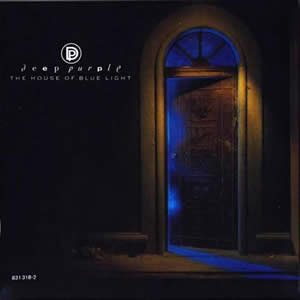
Buy The House of Blue Light Through the years, Deep Purple went though a bunch of lineup changes with only drummer Ian Paice remaining with the band throughout all phases. In fact, there […]
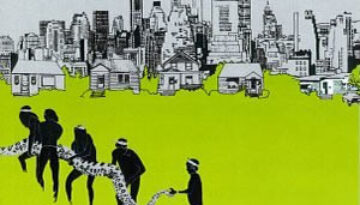
Buy The Hissing Of Summer Lawns Joni Mitchell continued her musical evolution from folk and pop towards free form jazz with her adventurous 1975 album, The Hissing of Summer Lawns. The album incorporates […]
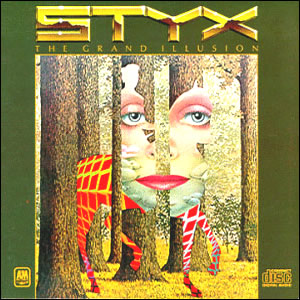
Buy The Grand Illusion Although it was seventh overall studio album for the band, The Grand Illusion was the second album from Styx to head towards a more radio-friendly direction. The Chicago based […]
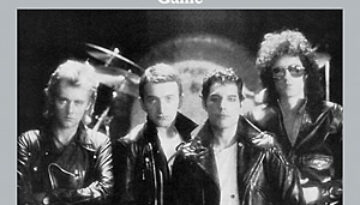
Buy The Game Queen reached their commercial peak in the U.S.A. with the 1980 release of their eighth studio album, The Game. This was the only album by the band to reach the […]
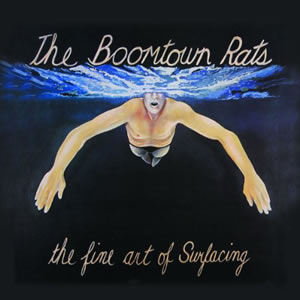
Buy The Fine Art of Surfacing The Boomtown Rats third album, The Fine Art of Surfacing, was the commercial apex of the band’s short career. Musically, the group branched out from their punk […]
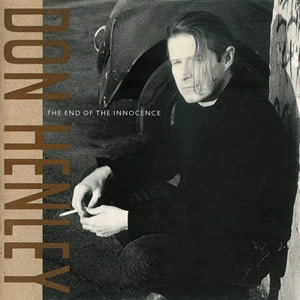
Buy The End of the Innocence The End of the Innocence was Don Henley‘s best selling solo album and his lone solo release in the 16 year span between 1984 and 2000. A […]

Buy The Eagles The Eagles produced an impressive, diverse, and sonically superior debut album in 1972, launching a successful elevation throughout the rest of the decade. The album was produced in London by […]
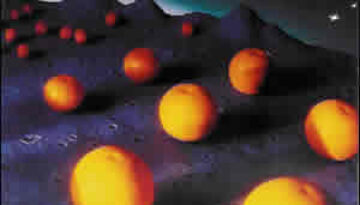
Buy The Dylans When determining which albums to review here at Modern Rock Review, we like to stay pretty much within the bounds of mainstream rock and usually only make exceptions for very […]
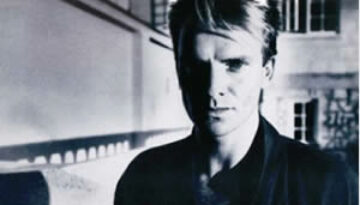
Buy The Dream of the Blue Turtles Following a remarkable five years of stellar success with The Police, vocalist and songwriter Sting launched his solo career with his 1985 debut The Dream of […]
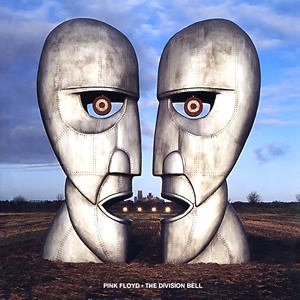
Buy The Division Bell Pink Floyd completed their extraordinary recording career with 1994’s The Division Bell, the longest single album the group had ever recorded (there were a few double albums along the […]